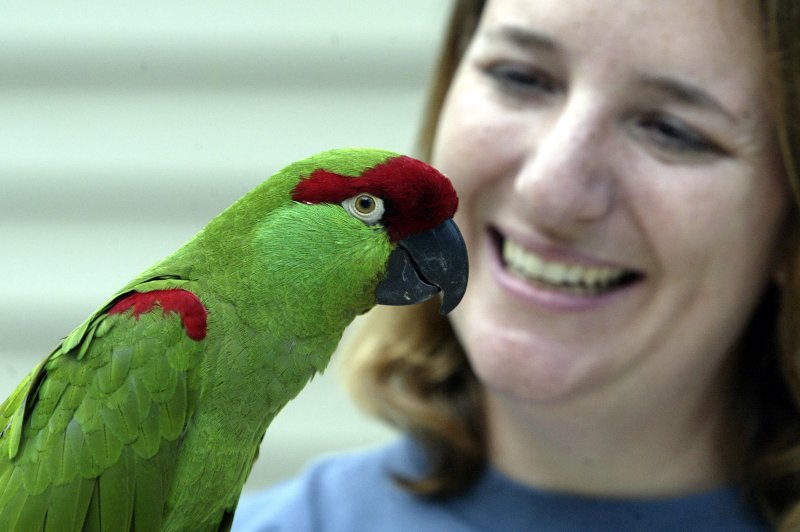
"We are not just risking the loss and damage of these species populations; we are affecting our own health and well-being and that of the next generation," one expert said as part of the U.N. report. File Photo by Bill Greenblatt/UPI | License Photo
Aug. 8 (UPI) -- Seaweed, which has survived on Earth in some form for 1.6 billion years, has made the list of threatened species, along with giraffes, parrots and oak trees, according to a United Nations report.
Susan Gardner, ecosystems director at the United Nations Environment Program, said that adding the species to the threatened list is bad news for humans who depend on many endangered species for life.
The report said that dredging, increasing sea temperatures and coastal infrastructure is endangering seaweed, which plays a vital role in marine ecosystems and provides habitats and food for marine lifeforms.
It also said that logging and deforestation for agriculture and firewood have threatened 31% of the world's 430 oak types -- and Giraffes targeted for consumption are suffering from loss of habitation due to unsustainable wood harvesting.
The report said there's only about 600 West African giraffes left in the wild.
"Sustainable use is when biodiversity and ecosystem functioning are maintained while contributing to human well-being," Gardner said in a statement.
"By continuing to use these resources unsustainably, we are not just risking the loss and damage of these species populations; we are affecting our own health and well-being and that of the next generation."
A report last month by the Intergovernmental Science-Policy Platform on Biodiversity and Ecosystem Services said about 50,000 wild species benefit billions of people each day through various practices. About one-fifth are harvested directly for human food, it added, and rural people in developing countries are most at risk from unsustainable use.
"Seventy percent of the world's poor are directly dependent on wild species," Marla Emery, one of the study's authors, said in a statement. "One in five people rely on wild plants, algae and fungi for their food and income.
"From the fish that we eat to medicines, cosmetics, decoration and recreation, wild species' use is much more prevalent than most people realize."
No comments:
Post a Comment